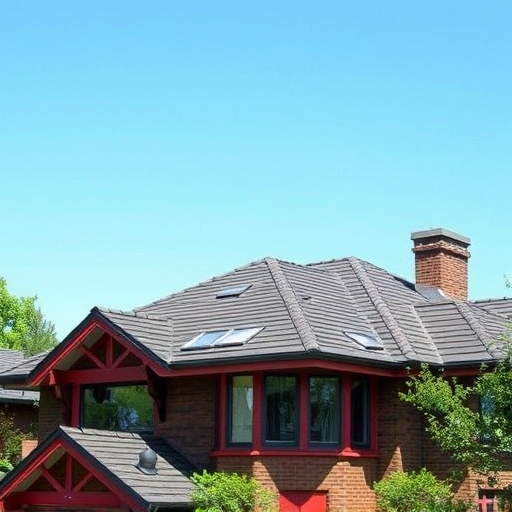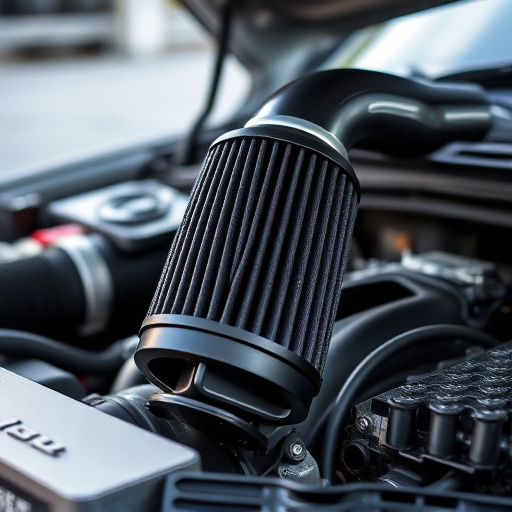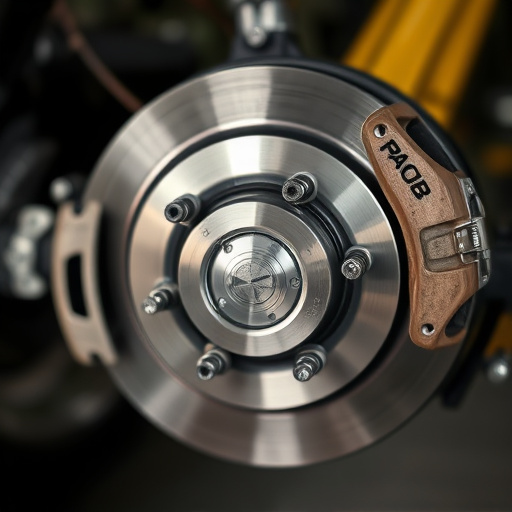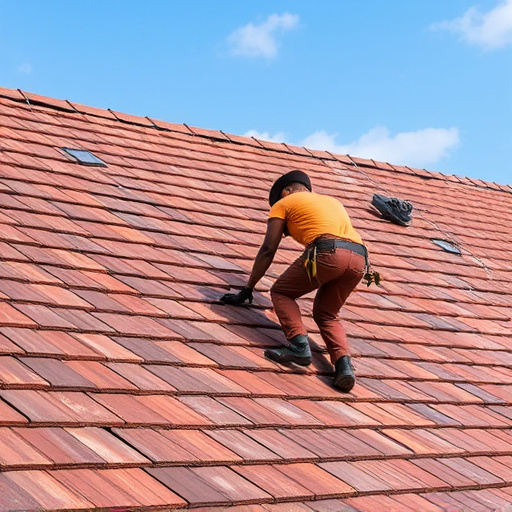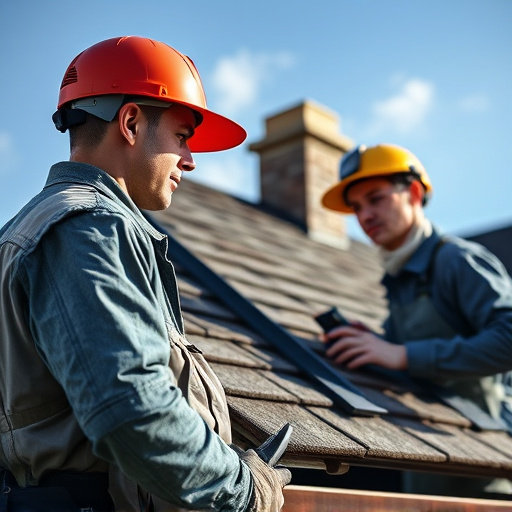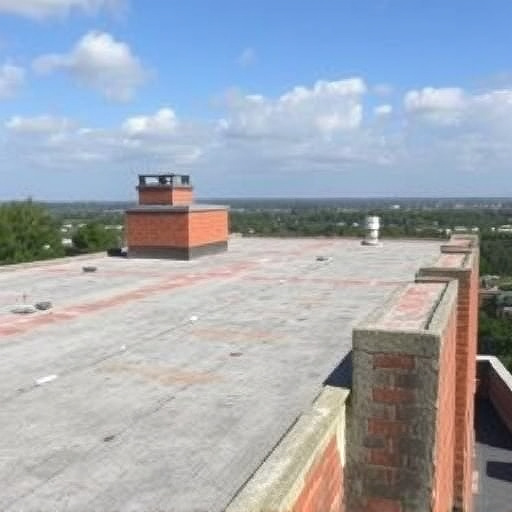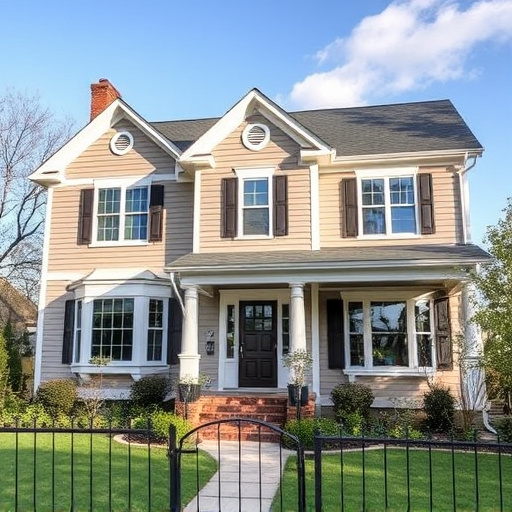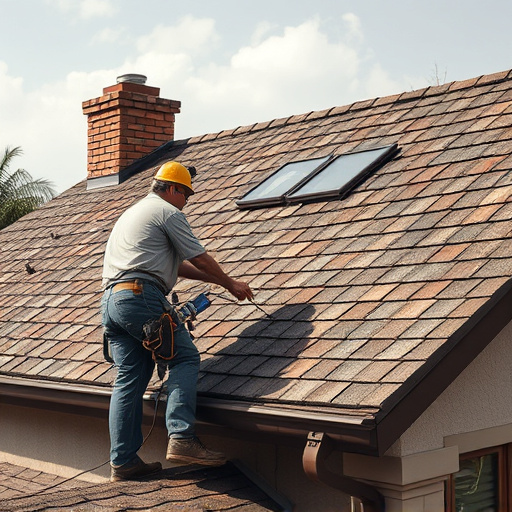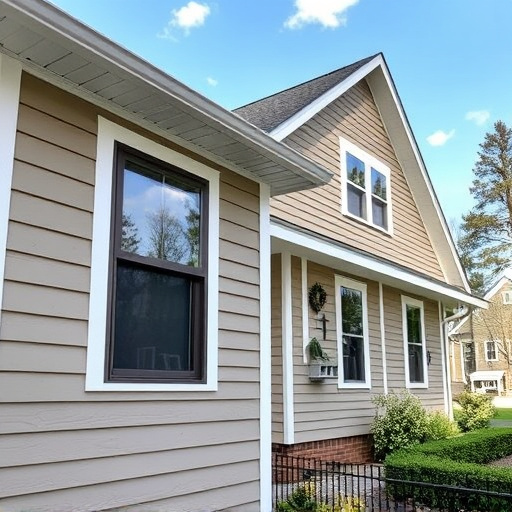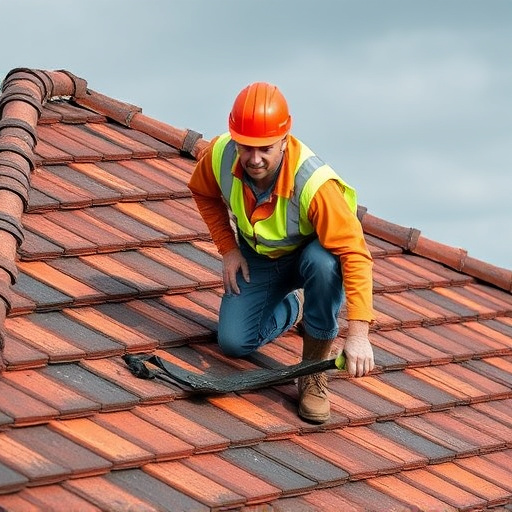Siding materials protect homes and enhance curb appeal with varying lifespans and maintenance needs. Wood offers classic beauty but requires regular cleaning and board replacement. Vinyl is low-maintenance and durable against moisture and pests. Fiber cement is long-lasting and fire/rot resistant. Stone provides a distinctive look but needs specialized installation and cleaning. Metal is corrosion-resistant and easily repairable. Regular cleaning, inspections, and maintenance extend lifespan; professional packages ensure optimal condition. Prompt storm damage repairs maintain structural integrity and aesthetic appeal.
“Siding is an essential component of any home’s exterior, offering protection from the elements while enhancing curb appeal. Different siding materials, such as vinyl, aluminum, wood, fiber cement, and stone, each come with unique maintenance requirements. This article delves into the world of siding materials, their origins, and how to maintain them effectively. We’ll explore regular cleaning routines, essential repairs, and wise replacement decisions, ensuring your home’s exterior stays beautiful and durable.”
- Understanding Common Siding Materials and Their Origins
- Regular Cleaning and Maintenance for Longevity
- Repairs and Replacement: When to Replace Your Siding
Understanding Common Siding Materials and Their Origins
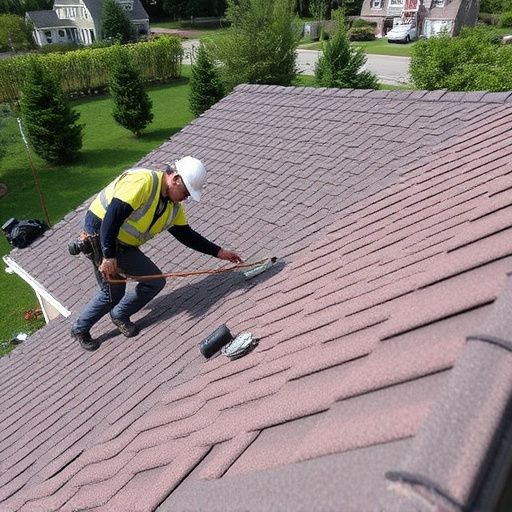
Siding materials play a crucial role in protecting your home from the elements and enhancing its aesthetic appeal. Common siding options include wood, vinyl, fiber cement, stone, and metal. Each material has unique properties, origins, and maintenance requirements. For instance, wood siding, known for its classic beauty and warmth, is derived from trees and requires regular cleaning, sealing, and occasional replacement of damaged boards to prevent rot and insect infestation.
Vinyl siding, a popular choice due to its low maintenance and durability, is made from synthetic materials and offers excellent resistance to moisture, pests, and extreme temperatures. Fiber cement siding, composed of a mix of cement, fiber, and water, is known for its long-lasting performance and resistance to fire, mold, and rot. Stone siding, both real and synthetic, provides exceptional durability and a distinctive look but requires specialized installation and periodic cleaning to maintain its beauty. Metal siding, typically made from aluminum or steel, offers excellent corrosion resistance and low maintenance, making it a suitable option for many residential applications, including those requiring roof replacement or siding services, where it can be efficiently repaired or replaced as needed.
Regular Cleaning and Maintenance for Longevity
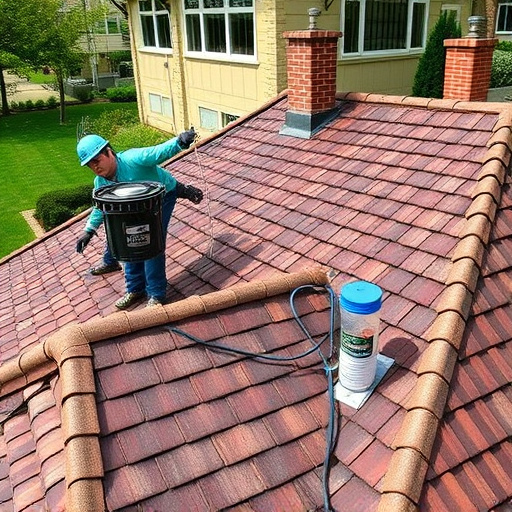
Regular cleaning and maintenance are essential for prolonging the lifespan of any siding material. For vinyl siding, a simple wash with soapy water and a soft brush every few months is sufficient to remove dirt and debris accumulation. This preventive measure not only enhances the aesthetic appeal but also ensures the integrity of the material against moisture damage. For wood siding, regular inspection and cleaning are equally crucial. This involves removing any loose bark or debris, repainting or staining as needed, and treating the surface with a waterproof sealer to safeguard against rot and insect infestation.
When it comes to fiber cement siding, its durability makes it relatively low-maintenance. Still, periodic inspections for cracks or damage are recommended. A soft brush can be used for cleaning, but pressure washers should be avoided as they may damage the finish. For professional roofing and siding services, regular maintenance packages can ensure that your chosen siding material stays in top condition, preserving the investment you’ve made in your home’s exterior.
Repairs and Replacement: When to Replace Your Siding
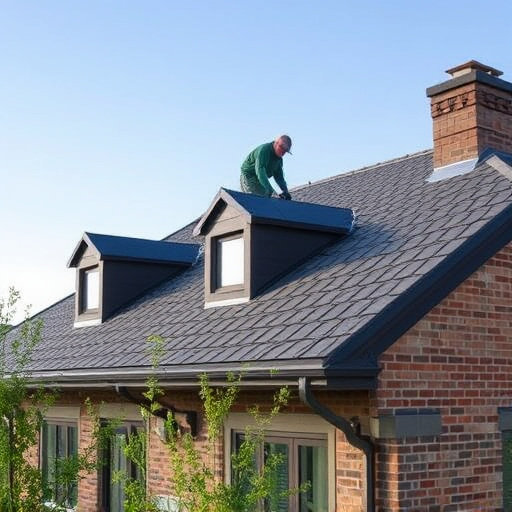
Siding is a significant investment for any property owner, so it’s crucial to understand when it’s time for repairs or even a complete siding replacement. The lifespan of different siding materials varies greatly, influenced by factors like weather exposure, quality of installation, and general maintenance. For instance, vinyl siding often lasts 30-50 years before significant degradation becomes apparent, while wood siding may require replacement after 20-30 years due to rot or pest damage.
Regular inspections are essential in determining the health of your siding. Signs that indicate a need for repairs or replacement include visible cracks, warping, peeling, or uneven surfaces. Storm damage repair is another critical consideration, as high winds and extreme weather conditions can wreak havoc on any siding material. In cases of severe storm damage, assessing the integrity of the entire commercial roofing system becomes vital to prevent further complications. Prompt action on these issues ensures not only the aesthetic appeal of your property but also its structural integrity.
When choosing siding materials, understanding their unique maintenance requirements is essential. Regular cleaning and proper care can significantly extend the lifespan of your exterior cladding, whether it’s wood, vinyl, fiber cement, or metal. By staying vigilant with repairs and replacements, as needed, you’ll ensure your home’s curb appeal and protect its investment value. Each siding material type offers distinct benefits and challenges, so arming yourself with knowledge is key to navigating this aspect of home ownership.
